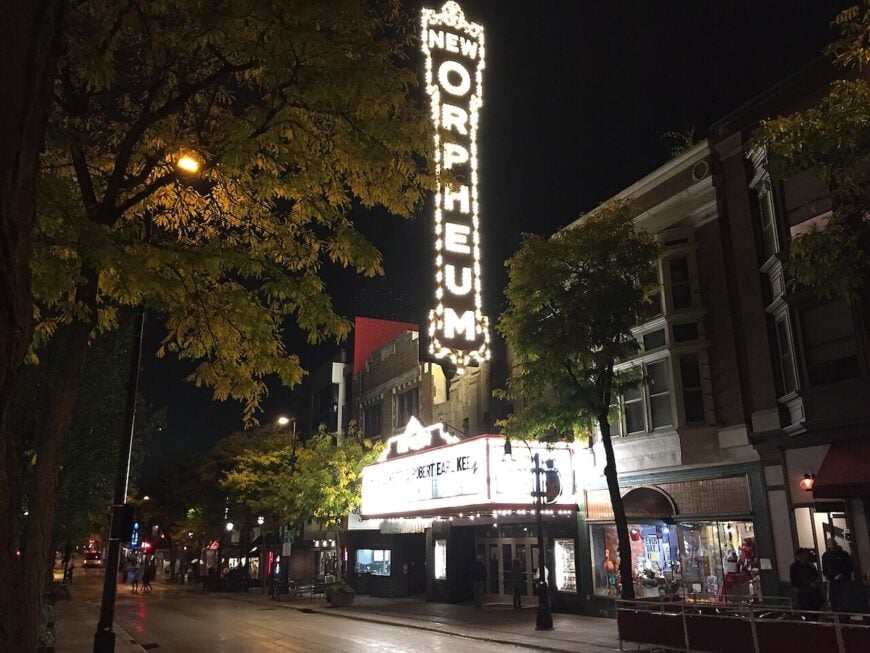
You think Wisconsin is all cheese, beer, and Green Bay Packers? Well, you’re not wrong about any of that. But between the supper clubs and frozen tundra, the Badger State has also raised a soundtrack of its own—loud, inventive, and impossible to pin down.
For decades, Wisconsin has been exporting sounds that punch far above its zip code: rock bands that owned the charts, jazz players who bent the rules, indie writers turning diaries into anthems, and blues guitarists whose riffs rewired the DNA of modern music. Some never left Milwaukee basements or Madison bars, others ended up headlining festivals from London to L.A.—but every note still carried that Midwestern sound.
What follows isn’t just a list—it’s a mixtape of Wisconsin’s finest: punk with teeth, blues that cuts to the bone, jazz that lingers in smoke, Americana braided with gospel and folk, and indie tracks born in frozen cabins and backwoods studios. Together, they map how one state wedged between two Great Lakes keeps hitting above its weight class in American music history.
20. Garbage
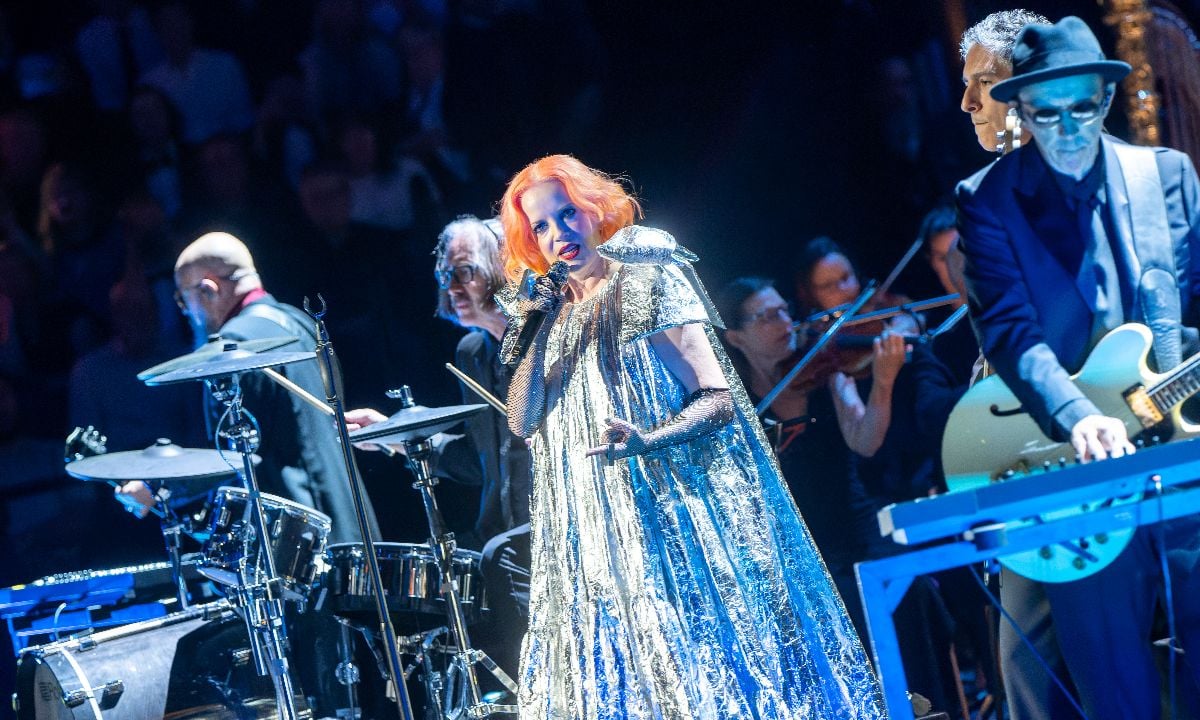
Shirley Manson’s voice plus three guys from Madison equals one of the most successful alternative rock bands of the ’90s. Garbage didn’t just put Wisconsin on the map—they made Wisconsin sound cool, which is harder than it sounds when you’re competing with Seattle grunge and British pop.
Their self-titled debut album went double platinum and spawned hits that still get radio play today. “Stupid Girl” and “Only Happy When It Rains” became anthems for a generation that grew up thinking angst was a fashion statement. And somehow, they made all this magic happen in Madison, proving you don’t need a major music scene to create major music.
The band’s electronic-influenced sound was ahead of its time, blending rock guitars with synthesizers and samples in ways that influenced countless bands. Plus, Shirley Manson became a legitimate rock star icon, which gave Wisconsin something to brag about that didn’t involve cheese curds.
19. The BoDeans
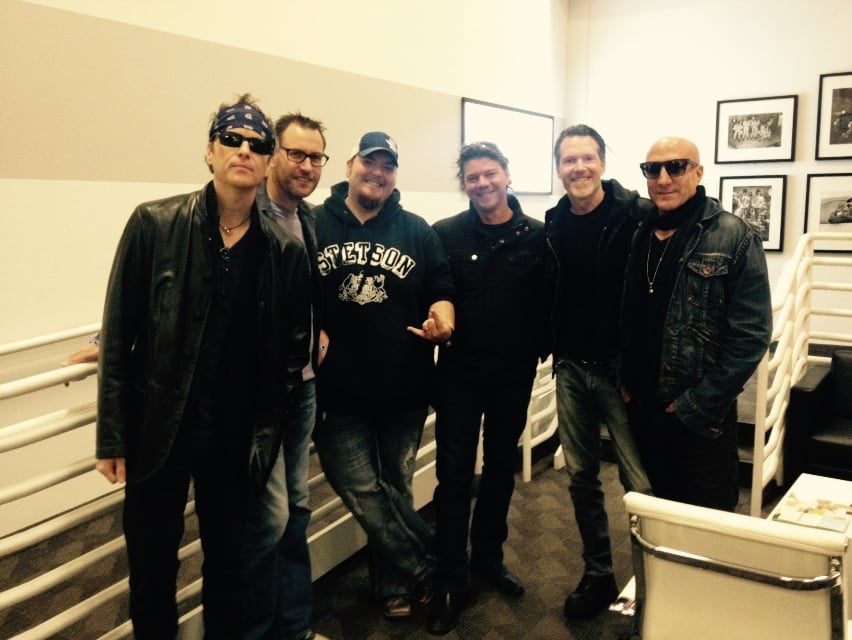
Before there was Americana, there were The BoDeans, cranking out heartland rock from Waukesha like they were born to soundtrack Midwestern summers. These guys understood that sometimes the best music comes from understanding exactly where you’re from and not apologizing for it.
“Closer to Free” became the theme song for the TV show “Party of Five,” which means The BoDeans provided the soundtrack for teenage angst in the ’90s. Not bad for a band from Wisconsin that started playing in local bars and never forgot their roots.
Their sound captured something essentially American—working-class optimism mixed with just enough skepticism to keep things honest. They proved that you could make meaningful music about regular people living regular lives, and somehow make it sound epic.
18. Violent Femmes
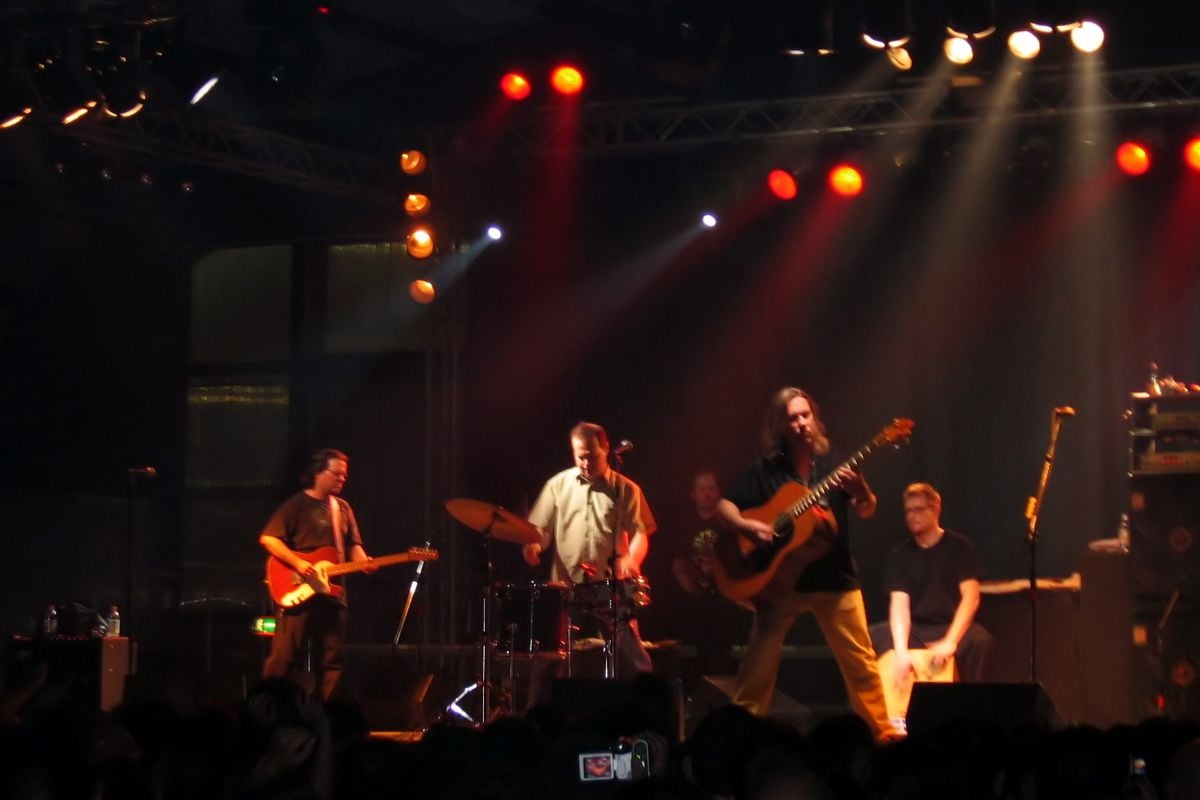
Three teenagers from Milwaukee created one of the most distinctive sounds in alternative rock history, using acoustic instruments to make music that was anything but gentle. The Violent Femmes took folk instruments and punk attitude and created something completely original.
“Blister in the Sun” is probably the most recognizable song to ever come out of Wisconsin, and it’s still getting radio play 40 years later. That’s the kind of staying power that most bands would sell their souls for, and these guys accomplished it while barely out of high school.
Their debut album was recorded for $10,000 and went platinum, proving that sometimes the best music comes from having no budget and unlimited creativity. They made acoustic guitars sound dangerous, which is a neat trick that influenced countless indie bands who followed.
17. Bon Iver
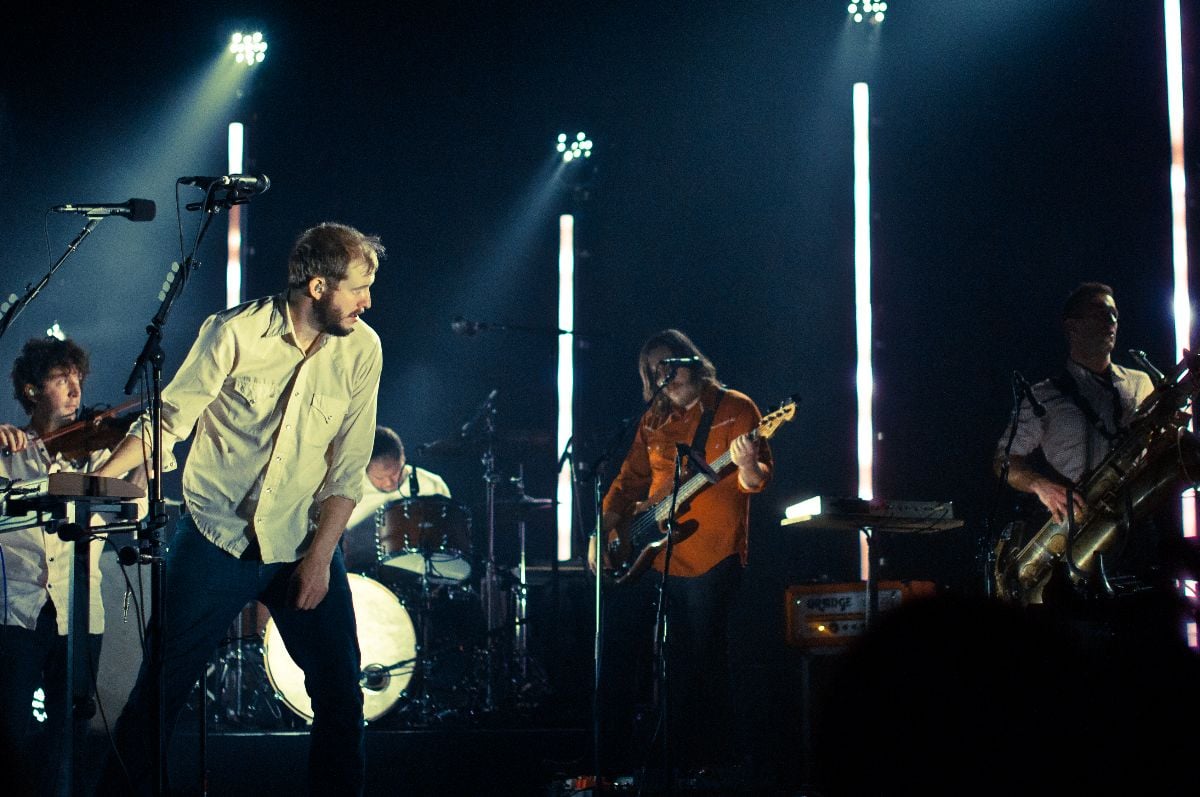
Justin Vernon locked himself in a cabin in northwestern Wisconsin and emerged with “For Emma, Forever Ago,” an album that single-handedly created the “cabin folk” genre and made falsetto vocals cool again. Sometimes isolation breeds creativity, and sometimes it breeds Grammy winners.
Bon Iver’s influence on indie music is immeasurable. Every bearded guy with an acoustic guitar and a MacBook owes something to what Vernon created in that Wisconsin cabin. The combination of intimate vocals, creative sampling, and emotional honesty became a template that hundreds of artists have tried to replicate.
And he did it all while staying in Wisconsin, proving you don’t need to move to Brooklyn or Los Angeles to make music that matters. Sometimes the best creativity comes from staying put and digging deeper into where you are.
16. Killdozer
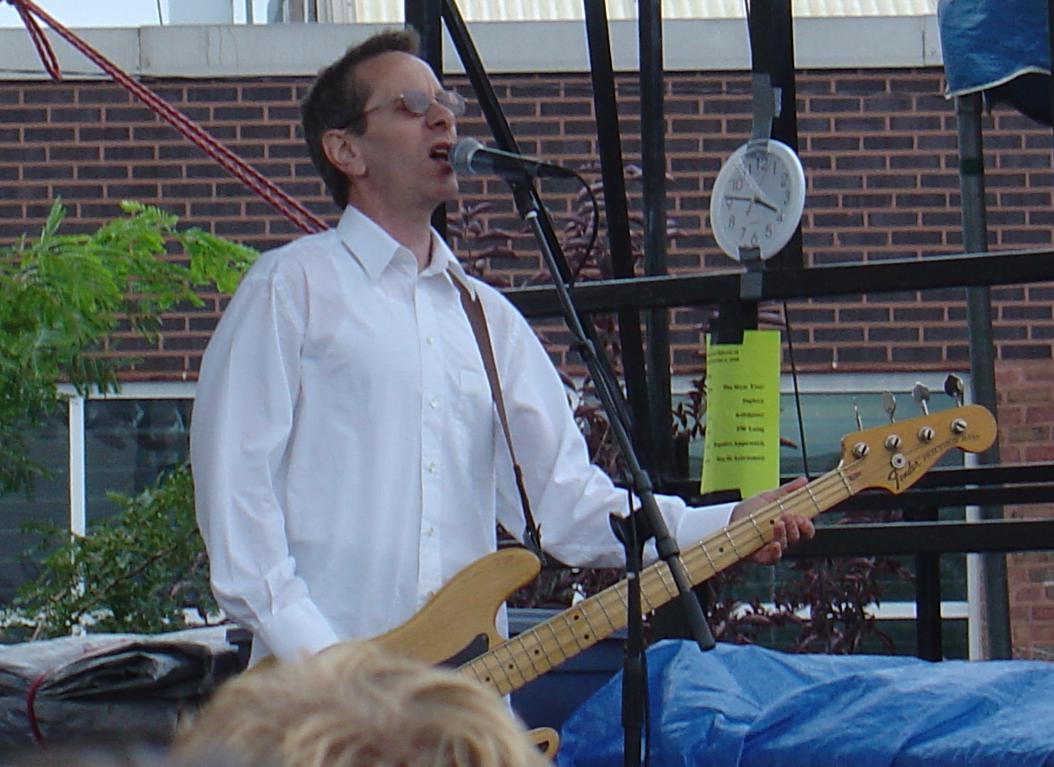
If you want to understand Wisconsin’s musical soul, start with Killdozer—a band that took punk rock and made it sweatier, weirder, and more unhinged. They sounded like what would happen if Black Sabbath grew up on a dairy farm and developed a serious attitude problem.
These guys were making noise rock before noise rock had a name, influencing bands like Soundgarden and the Melvins. Their cover of “Sweet Home Alabama” is simultaneously hilarious and terrifying, which pretty much sums up their entire approach to music.
Killdozer proved that Wisconsin could be just as dark and weird as any major music scene. They embraced the state’s working-class ethos and turned it into something genuinely unsettling, which takes talent.
15. Die Kreuzen
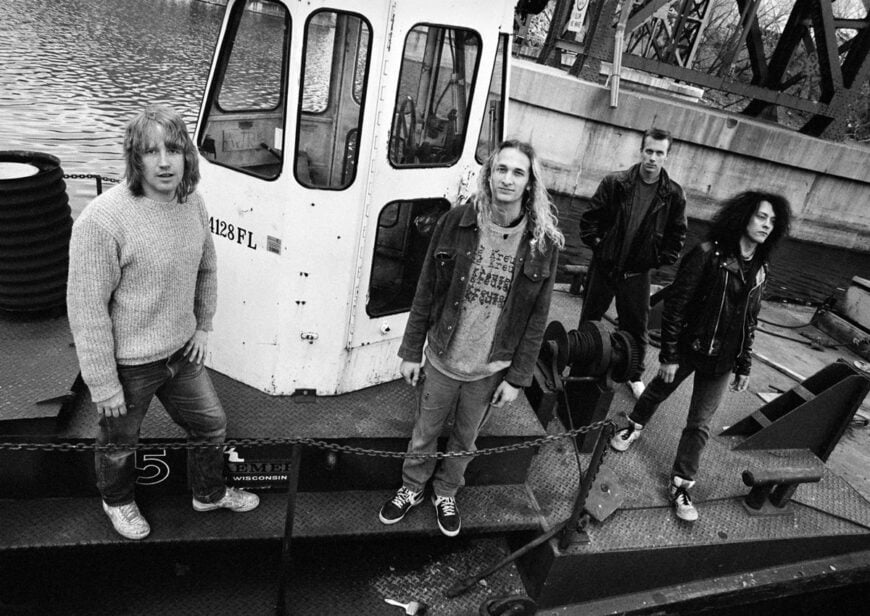
Milwaukee’s hardcore punk scene produced Die Kreuzen, one of the most influential Wisconsin bands of the ’80s. These guys took hardcore punk and evolved it into something more experimental and artistic, proving that Wisconsin musicians weren’t content to just copy what was happening on the coasts.
Their evolution from straight hardcore to more progressive rock showed Wisconsin’s ability to innovate within established genres. They influenced countless bands and helped establish Milwaukee as a legitimate punk rock city that could hold its own against New York or LA.
Die Kreuzen represents Wisconsin punk at its finest—uncompromising, creative, and totally authentic to their regional experience. They helped establish the foundation for Wisconsin’s alternative music scene that would produce bands like Violent Femmes and Garbage.
14. Al Jarreau

Al Jarreau was born and raised in Milwaukee, sharpening his voice in church choirs and local clubs before stepping onto the world stage. What made him stand out was his ability to treat his voice like an instrument, bending, scatting, and improvising with effortless precision.
In the 1970s and ’80s, Jarreau became an international star with albums like Breakin’ Away and a career-defining ability to cross genres. He remains the only singer to win Grammys in jazz, pop, and R&B, proof of his versatility and fearless approach to performance.
Even at the height of fame, Jarreau often pointed back to Milwaukee as the place that gave him his foundation. His career showed that a Wisconsin upbringing could produce a voice capable of bridging worlds and reshaping what popular music could sound like.
13. The Promise Ring

Milwaukee’s hardcore scene spawned The Promise Ring, who helped pioneer the emo sound that would dominate alternative rock for the next decade. They took punk’s intensity and added melody, creating something that influenced bands like Jimmy Eat World and Dashboard Confessional.
Their album “Nothing Feels Good” is considered an emo classic, proving that Wisconsin could do emotional intensity as well as any scene. The combination of intricate guitar work and earnest vocals became a template that countless bands followed.
The Promise Ring showed that Wisconsin’s music scene wasn’t just about traditional rock—they could innovate and influence broader musical movements. They put Milwaukee on the indie rock map and inspired a generation of emotional hardcore bands.
12. Field Report

Field Report emerged out of Milwaukee in 2011, built around the songwriting of Christopher Porterfield, a musician whose lyrics read like postcards from the Midwest—haunted by highways, small towns, and late-night radio static. Porterfield had once played with Justin Vernon in the pre–Bon Iver band DeYarmond Edison, but with Field Report he carved out his own identity, one that fused folk storytelling with the atmospherics of modern indie rock.
Their self-titled 2012 debut became a quiet critical success, with songs like “Fergus Falls” and “I Am Not Waiting Anymore” praised for their mix of intimacy and grandeur. NPR championed the band, comparing Porterfield’s eye for detail to Bruce Springsteen’s but rooted in a distinctly Wisconsin sensibility—less boardwalk, more frozen lake. The sound was sparse but cinematic, often carried by piano, pedal steel, and Porterfield’s weathered voice.
Over the following decade, Field Report evolved while staying anchored in Milwaukee. Albums like Summertime Songs (2018) proved they could balance lush production with raw emotional honesty. They never chased pop trends, instead perfecting a style that felt like listening to the Midwest think out loud. In doing so, Field Report became one of Wisconsin’s most respected exports, a reminder that the state’s indie scene has a literary, luminous side.
11. Woody Herman

Woody Herman was a Milwaukee clarinetist who turned into one of the great big band leaders of the 20th century. His Thundering Herd ensembles carried jazz through swing, bebop, and even fusion, adapting without ever losing their punch.
Herman had an uncanny eye for talent, recruiting future jazz giants like Stan Getz and Zoot Sims. He refused to let the big band format fade into nostalgia, pushing it into new eras with electric instruments and fresh arrangements.
From his Wisconsin roots, Herman projected a restless energy that kept him relevant for over five decades. When he died in 1987, he left behind a bandleader’s legacy that connected the swing era to the future of jazz.
10. Phox
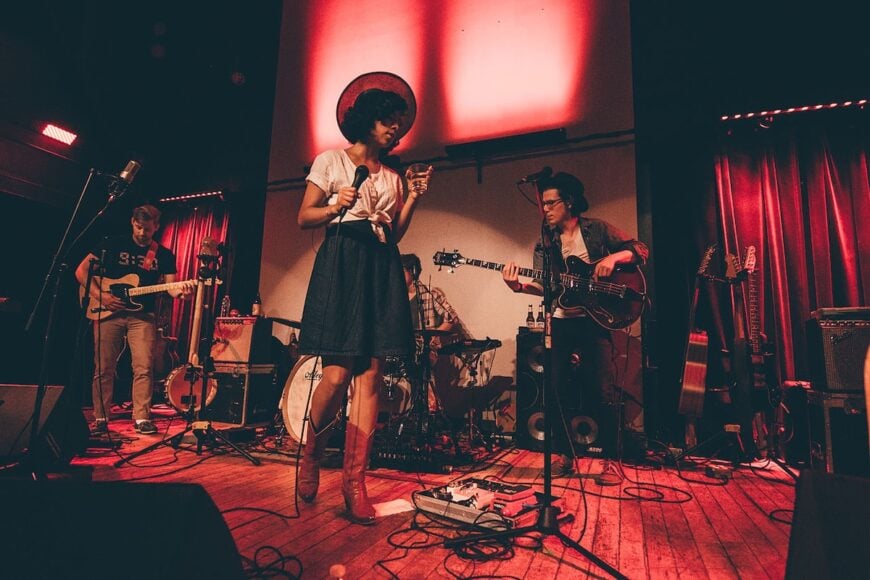
Phox came out of Baraboo, Wisconsin, a town better known for circuses than indie-pop bands. In the early 2010s, six friends from high school started piecing together songs that mixed quirky folk instrumentation with a cinematic pop sweep, all anchored by the smoky vocals of lead singer Monica Martin. Their debut self-titled album in 2014 put them on the national radar, earning spots at major festivals and even an appearance on Conan.
What made Phox stand out wasn’t just their lush arrangements or playful use of brass and banjo—it was Martin’s voice, equal parts velvet and steel. She could stretch a melody into something whimsical or pull it down into something cutting, giving the band a sound that felt both Midwestern and cosmopolitan. NPR’s Tiny Desk Concert helped cement their reputation as one of the most promising indie-pop acts of the decade.
Though Phox eventually split, Martin carried that Wisconsin-born artistry forward. Relocating to Los Angeles, she launched a solo career defined by intimate, finely crafted songs that kept her voice at the center. While her reach is now global, she continues to represent the way small-town Wisconsin can produce music that plays on the world’s biggest stages.
9. Paul Cebar
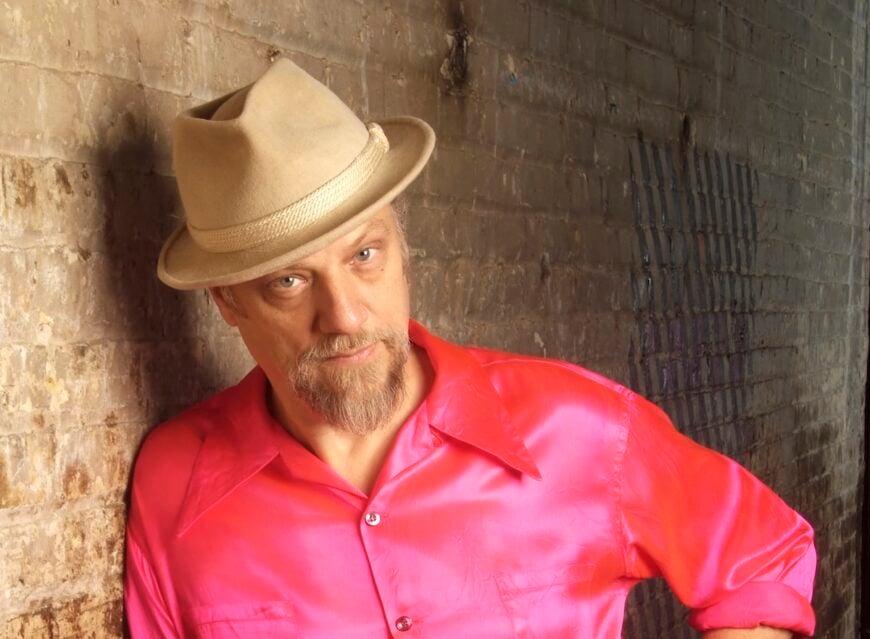
Paul Cebar came out of Milwaukee in the 1980s with a crate full of vinyl and a determination to make local clubs feel like global dance halls. With The Milwaukeeans, he fused R&B with African, Caribbean, and Latin grooves, creating a sound that was both eclectic and rooted.
Cebar’s career has been less about chasing charts and more about shaping taste. He became a fixture on national public radio, a DJ, and a bandleader who turned Wisconsin audiences onto music they might never have discovered otherwise.
What makes him endure is the way he balances being a hometown hero with being a cultural translator. Milwaukee gave him the grounding, but his ears have always been tuned to the wider world. In his hands, Wisconsin became a portal to something bigger.
8. SistaStrings

Chauntee and Monique Ross grew up in Milwaukee, daughters of a family where gospel, classical, and community music-making were woven into everyday life. They trained on violin and cello with the rigor of conservatory students, but their ears were tuned to the blend of church choirs, R&B, and soul swirling around the city.
As SistaStrings, they’ve pushed those influences into national spotlight, touring with Brandi Carlile, Allison Russell, and playing on projects with John Legend. Their work dissolves the line between genres—string instruments become conduits for blues, folk, and gospel as easily as chamber music.
Even as their careers stretch across festivals and TV appearances, they continue to carry Milwaukee with them. Their story is both local and global: sisters rooted in Wisconsin who are helping redefine what strings can sound like in 21st-century popular music.
7. Clyde Stubblefield
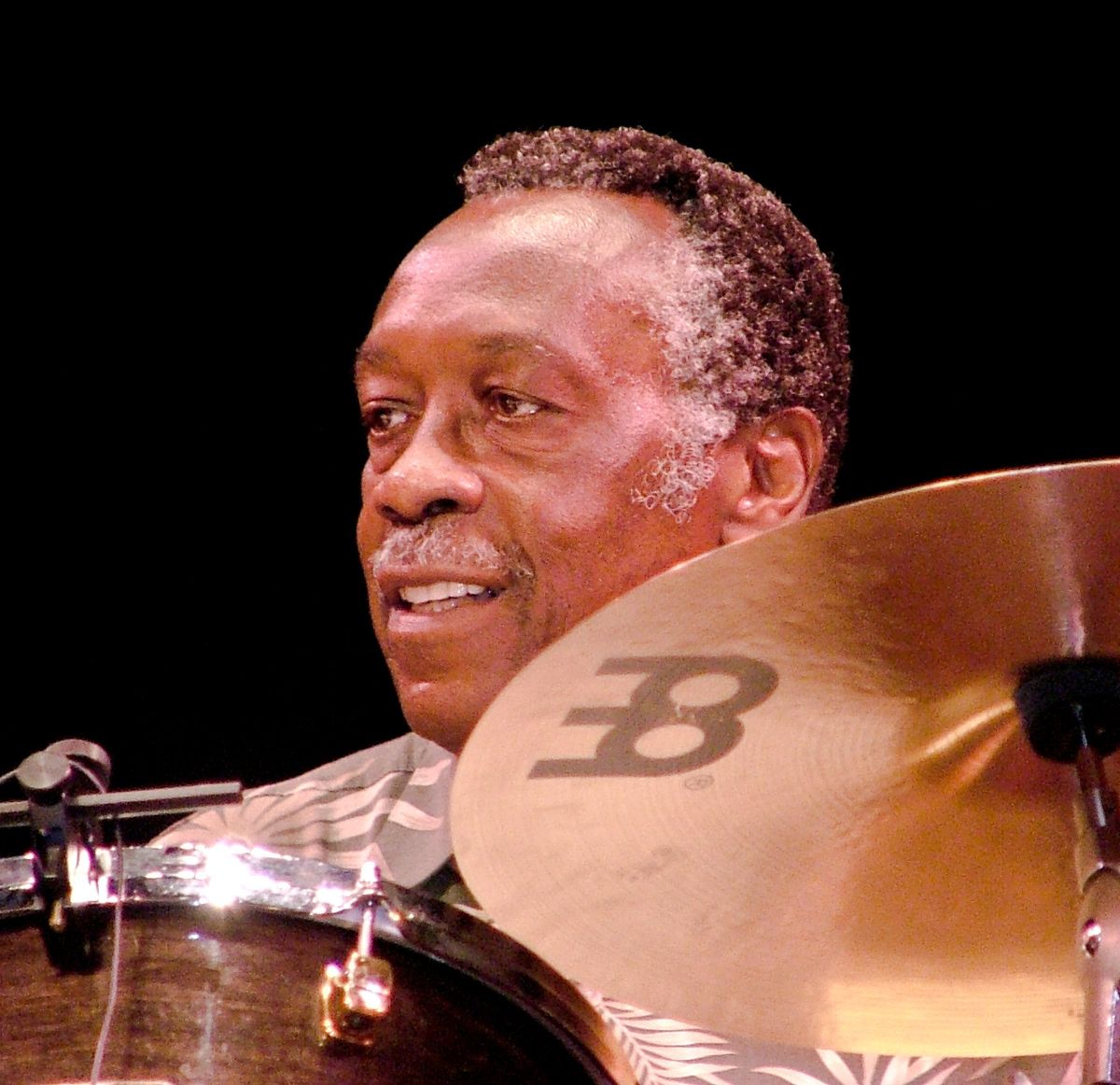
James Brown’s drummer for six years, Clyde Stubblefield was born in Chattanooga but made his home in Madison, where he became a foundational figure in Wisconsin’s music scene. His drum breaks have been sampled thousands of times, making him one of the most influential musicians in hip-hop history.
Stubblefield’s work with James Brown created the rhythmic foundation for funk music, and his beats became the backbone of countless hip-hop tracks. His presence in Madison helped establish Wisconsin as a place where serious musicians could live and work.
His influence extends far beyond Wisconsin, but his choice to make the state his home helped legitimize Wisconsin as a place where musical history was being made, not just remembered.
6. Willy Porter
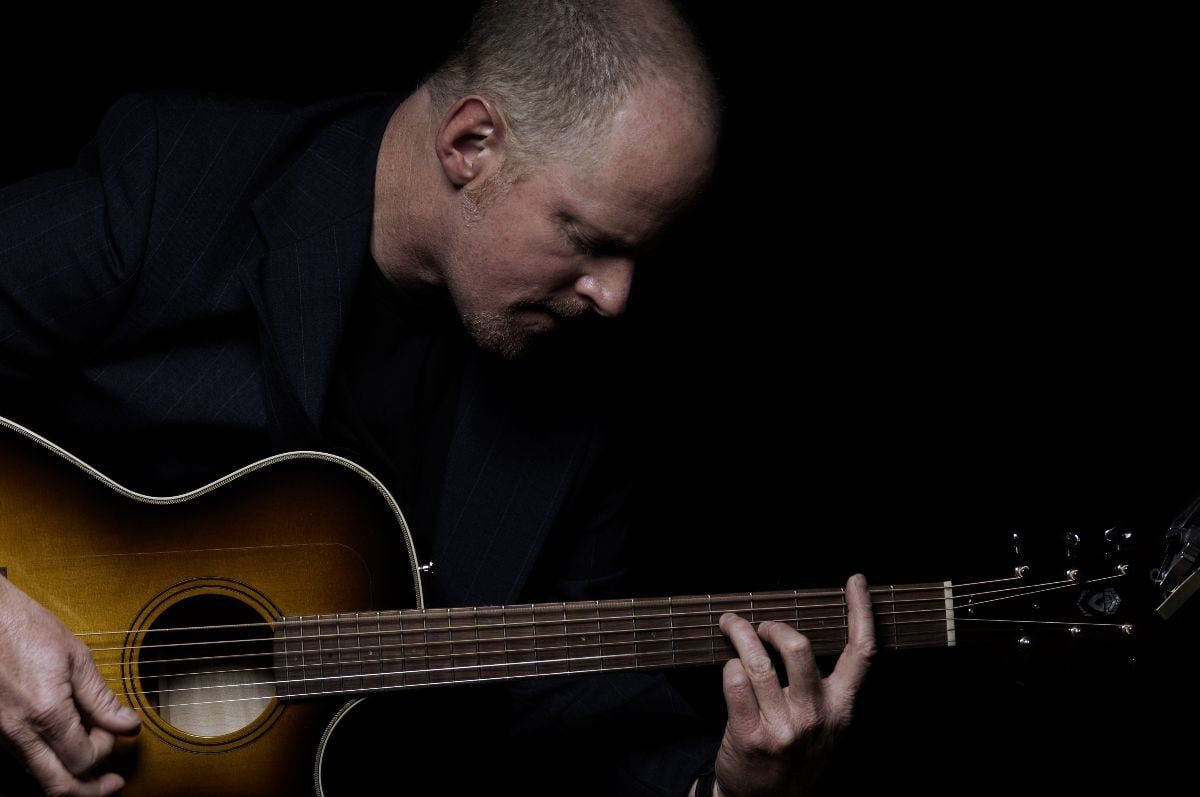
This Madison-based singer-songwriter has spent decades proving that Wisconsin can produce acoustic music as sophisticated and emotionally powerful as anywhere else. Porter’s fingerpicking technique and vocal range have earned him national recognition and a devoted following.
His live performances showcase the kind of musical craftsmanship that Wisconsin musicians are known for—technically skilled but never flashy, emotionally honest but never manipulative. Porter represents Wisconsin’s folk tradition at its finest.
He’s shown that you can build a successful music career while staying true to your regional roots. Porter’s success helped establish Wisconsin as a place where acoustic musicians could thrive.
5. Steve Miller
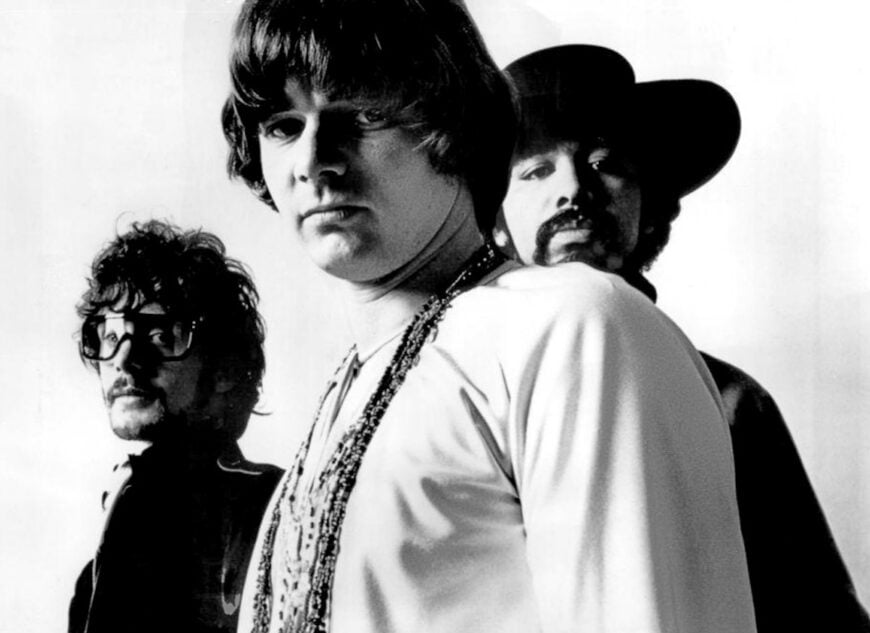
Steve Miller grew up in Milwaukee in a house where Les Paul and T-Bone Walker dropped by like neighbors, which meant the blues and electric guitar were stitched into his childhood. By the time he left for Chicago and later San Francisco, he already had a foundation built on Midwestern grit and jam-session mentorship.
The Steve Miller Band took that mix and churned out hits that defined 1970s classic rock—Fly Like an Eagle, Take the Money and Run, The Joker. His voice and guitar lines became inseparable from American radio, blasting from car stereos and arena PAs across the country. Miller didn’t just ride the wave—he helped shape it.
Even with all the California sunshine and stadium tours, his Wisconsin beginnings never left him. He understood how to blend blues honesty with pop accessibility, creating music that felt both grounded and untouchable. Rock’s “Space Cowboy” started in Milwaukee, and the world never stopped listening.
4. Hubert Sumlin

Hubert Sumlin spent his early years in Mississippi but grew up in Milwaukee, where he developed a guitar style that would ripple across blues and rock history. By the 1950s he was onstage with Howlin’ Wolf, his angular riffs becoming as recognizable as Wolf’s growl.
Sumlin’s playing was raw and vocal, bending strings like he was arguing with them. His work on Wolf’s records set the template that British bluesmen devoured in the ’60s, directly inspiring Keith Richards, Eric Clapton, and Jimmy Page. Every time rock guitar got jagged and expressive, it owed a debt to Sumlin.
Though he spent much of his career in Chicago and on the road, Milwaukee never stopped claiming him. When the Rock and Roll Hall of Fame honored him, it confirmed what musicians had known for decades: a guitarist raised in Wisconsin helped invent the language of rock.
3. Lyle Mays

Lyle Mays grew up in Wausaukee, a small Wisconsin town where piano lessons turned into an obsession with harmony and improvisation. By the time he teamed with Pat Metheny in the 1970s, Mays had already developed a style that fused classical architecture with jazz fluidity.
As co-founder and co-composer of the Pat Metheny Group, Mays shaped the sound that carried them to 11 Grammy Awards. His lush keyboard arrangements and melodic sense gave their music an expansiveness that felt both Midwestern and otherworldly, pastoral yet cosmopolitan.
Though he performed on global stages, Mays never lost the grounded approach that Wisconsin instilled in him. His music carried both precision and warmth, making him one of jazz’s most respected modern architects. Wausaukee produced a quiet virtuoso whose sound still echoes across the genre.
2. Butch Vig and Smart Studios

While technically not a band, Butch Vig’s Smart Studios in Madison produced some of the most important albums of the ’90s and turned Wisconsin into a surprising hub of alternative rock. This is where Nirvana tracked the early sessions for Nevermind, the Smashing Pumpkins sculpted Gish, and underground groups from the Midwest came chasing the sonic punch that Vig had learned to bottle in his tiny East Wash control room.
Vig didn’t arrive at that sound by accident. Before he was behind the glass, he was on stage with Spooner, a power-pop outfit that gave him a front-row education in songcraft, and later Fire Town, a jangly, new-wave-leaning band that landed briefly on a major label. Those years taught him how fragile a band’s chemistry could be and how recording wasn’t just about fidelity—it was about capturing a feel. His sensibility was already tuned to what musicians wanted, because he had been one of them.
By the mid-’80s, Smart Studios was pulling in everyone from local punks like the Tar Babies to national acts on the cusp of breaking through. Vig wasn’t just providing four walls and a mixing board; he was shaping an aesthetic—layered guitars, pummeling drums, and a balance between clarity and chaos that came to define alternative rock. His production of Nirvana alone would be enough to write him into history, but he also worked with Sonic Youth, L7, and eventually spun his Wisconsin circle into Garbage, a band that made Madison sound like it belonged on MTV.
Smart Studios became a pilgrimage site for bands who wanted more than clean tracks—they wanted that Vig edge. Who could have predicted that a low-slung building in Madison would become ground zero for the grunge revolution?
1. Les Paul
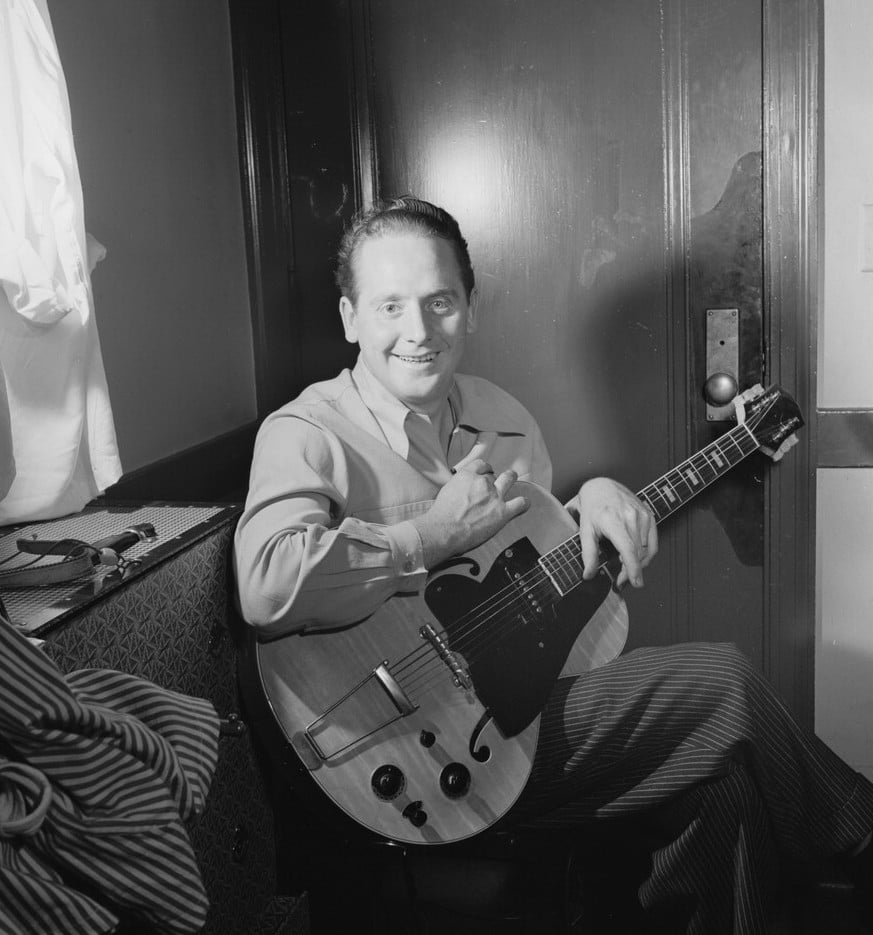
Les Paul was born in Waukesha, and from the start he embodied Wisconsin’s knack for tinkering until something extraordinary worked. He wasn’t content to just strum chords—he wanted to change how music was made. His inventions—the solid-body electric guitar, multitrack recording, and overdubbing—weren’t side projects; they were breakthroughs that redefined modern sound. Without him, rock and pop as we know them would be unrecognizable.
Yet Paul was more than an inventor. He was a performer with staggering chops, blending speed, clarity, and playfulness on the guitar. His brilliance might have stayed in workshops and studios if not for the artistry of his wife and partner, Mary Ford. Her voice, layered through his new recording methods, gave warmth and intimacy to the technical wizardry. Together, they transformed experiments into chart-topping hits.
In the 1950s, the duo became household names. Songs like How High the Moon and Vaya Con Dios weren’t just popular—they were demonstrations of how new technology could elevate music into something bigger. Their television appearances brought cutting-edge sound into living rooms, showing America that the future of music had arrived, and it was dressed up as a Wisconsin guitarist and a California-born singer.
The Gibson Les Paul guitar went on to define rock’s visual and sonic identity, slung over the shoulders of Jimmy Page, Pete Townshend, and Slash. But it all traces back to Waukesha, where a restless musician and his partner proved that innovation and artistry weren’t opposites. Together, Les Paul and Mary Ford left a legacy that fused Wisconsin grit with global resonance, reshaping how the world makes and hears music.






